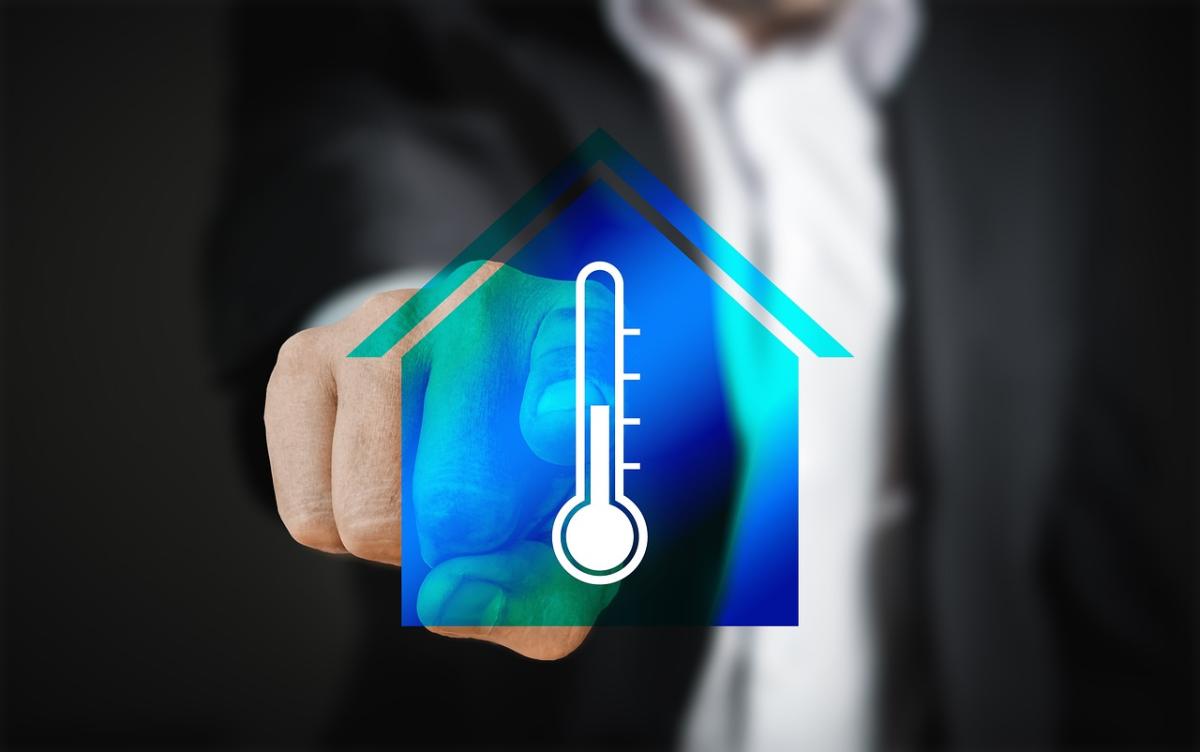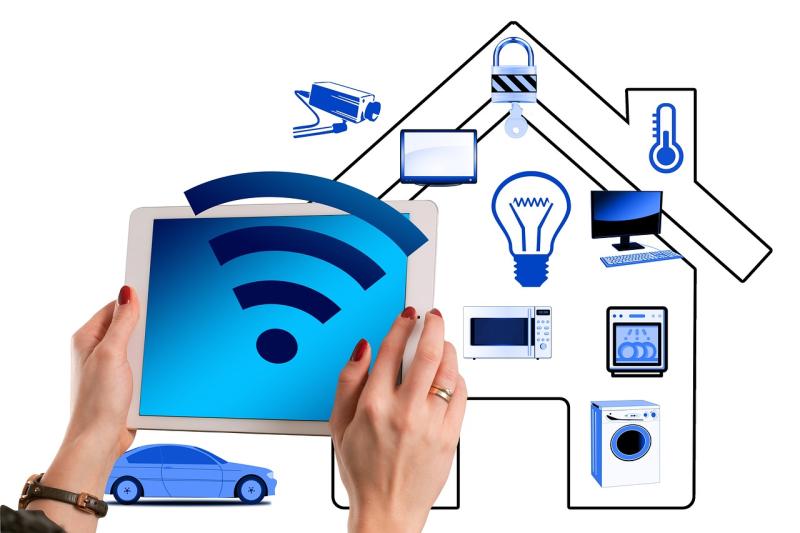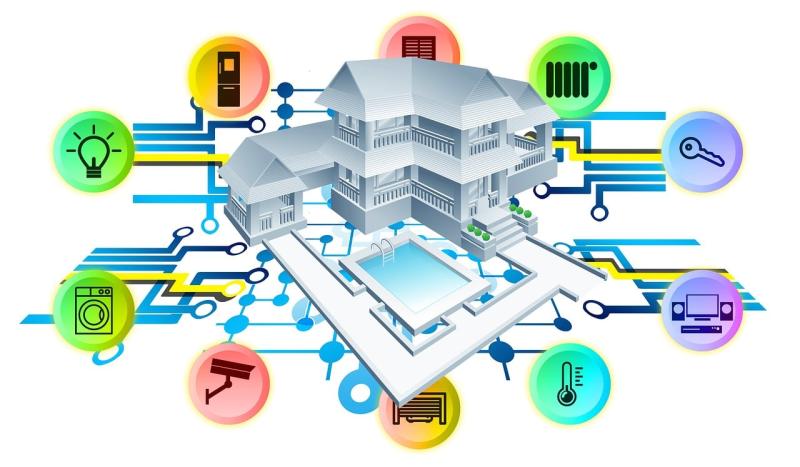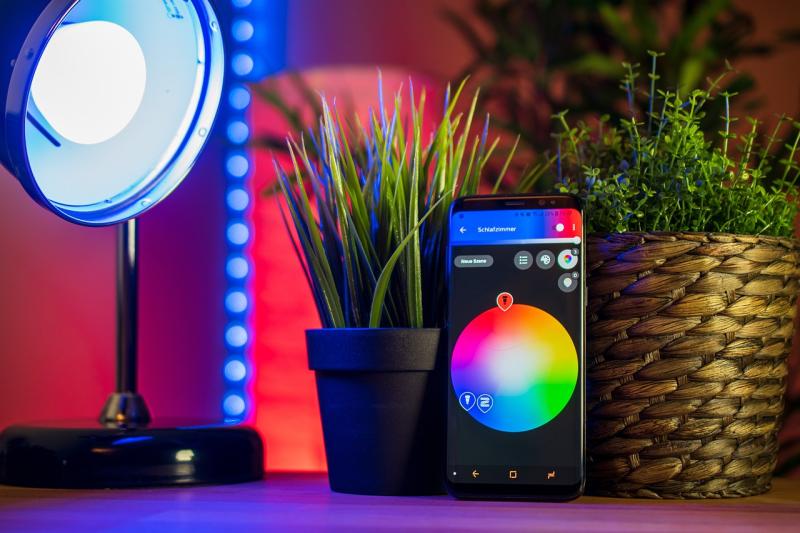Home automation can seem a bit overwhelming at first, but it’s really all about making your life easier. Imagine controlling your lights, thermostat, and security system right from your phone or through voice commands. It’s like having a smart helper that understands your routine and preferences.
To get started, you don’t need to break the bank or invest in complex systems. Simple gadgets like smart bulbs, plugs, and speakers can be your first steps into the world of automation. These devices are typically user-friendly, meaning you won’t struggle with complicated setups.
Once you’ve got a few gadgets, consider using a hub or app to tie everything together. This way, you can create routines. For instance, you can set your lights to gradually brighten in the morning to help wake you up gently.
Remember, there’s no right or wrong way to start your home automation journey. Pick what fits your lifestyle, and you can gradually add more devices as you go. Enjoy the process and watch how it transforms your home into a smart home!
Choose Your Smart Devices Wisely
When you're diving into the world of home automation, choosing the right smart devices can make all the difference. With so many options out there, it’s easy to feel overwhelmed. But don’t worry, I’m here to help you navigate through the choices!
First off, consider what you really need. Think about your daily habits and routines. Are you looking to control the lighting, boost security, or maybe enhance your entertainment system? Making a list can help you stay focused and find devices that fit your lifestyle.
Next, compatibility is key. Make sure the devices you choose work well with each other. If you're invested in a particular ecosystem, like Google Home or Amazon Alexa, you'll want to stick to devices that mesh seamlessly with your setup. It makes everything much easier, and you won’t end up with devices that just don’t communicate.
Also, don't forget to check user reviews! Real-life experiences can give you insights on how reliable and user-friendly a device is. Look for feedback on installation, functionality, and overall satisfaction. This little step can save you from making a purchase you'll regret later.
Lastly, keep an eye on your budget. Smart devices come in a wide range of prices, so it’s helpful to set a spending limit. There are great options available for every budget, from high-end gadgets to more affordable alternatives that still get the job done. Happy shopping!
Set Up Your System Effortlessly
Getting your home automation system up and running doesn’t have to be a headache. In fact, it can be as easy as pie! Here’s a simple roadmap to help you set up your system without any fuss.
First things first, choose your hub. This is the brain of your operation, connecting all your devices together. Some popular choices include:
Pick one that’s user-friendly and works with the devices you want to add.
Next, start small. Don’t feel like you need to automate your entire home at once. Pick one or two devices to begin with, like smart bulbs or a smart thermostat. These are usually easy to install and will give you a feel for how everything works.
After that, download the necessary apps for your devices. Most smart devices will have their own user-friendly app that guides you step-by-step through the setup process. Follow the instructions, and in no time, you’ll be controlling your devices right from your phone!
Lastly, explore automation routines. Once your devices are connected, you can set them to work together. For example, you can set your lights to turn on when you arrive home or have your thermostat adjust when you go to bed. It’s all about making your life simpler and more convenient!
Tips for Seamless Integration and Use
Getting started with home automation can feel a bit overwhelming, but with a few simple tips, you can make the process smooth and enjoyable. First, think about what you want to achieve. Are you aiming for convenience, security, or energy savings? Knowing your goals will help you choose the right devices.
Next, consider compatibility. Before you buy anything, check if the products work together. Many devices work best within their own ecosystems, like Google Nest or Amazon Alexa. Stick to a single brand when possible to avoid headaches later on. Make sure your Wi-Fi is strong, too; most smart devices rely on it to function properly.
Don't forget to plan out your device placements! For example, smart bulbs should be installed in lamps or fixtures you'll use frequently. Sensors should be placed where they can detect motion or environmental changes. Taking the time to think through locations will enhance their effectiveness.
Lastly, take advantage of automation settings. Most devices let you set schedules or routines—like having your lights dim at sunset or your thermostat adjust during your commuting hours. This not only makes life easier but can save energy and money in the long run!



